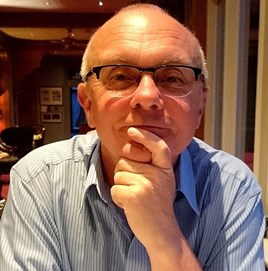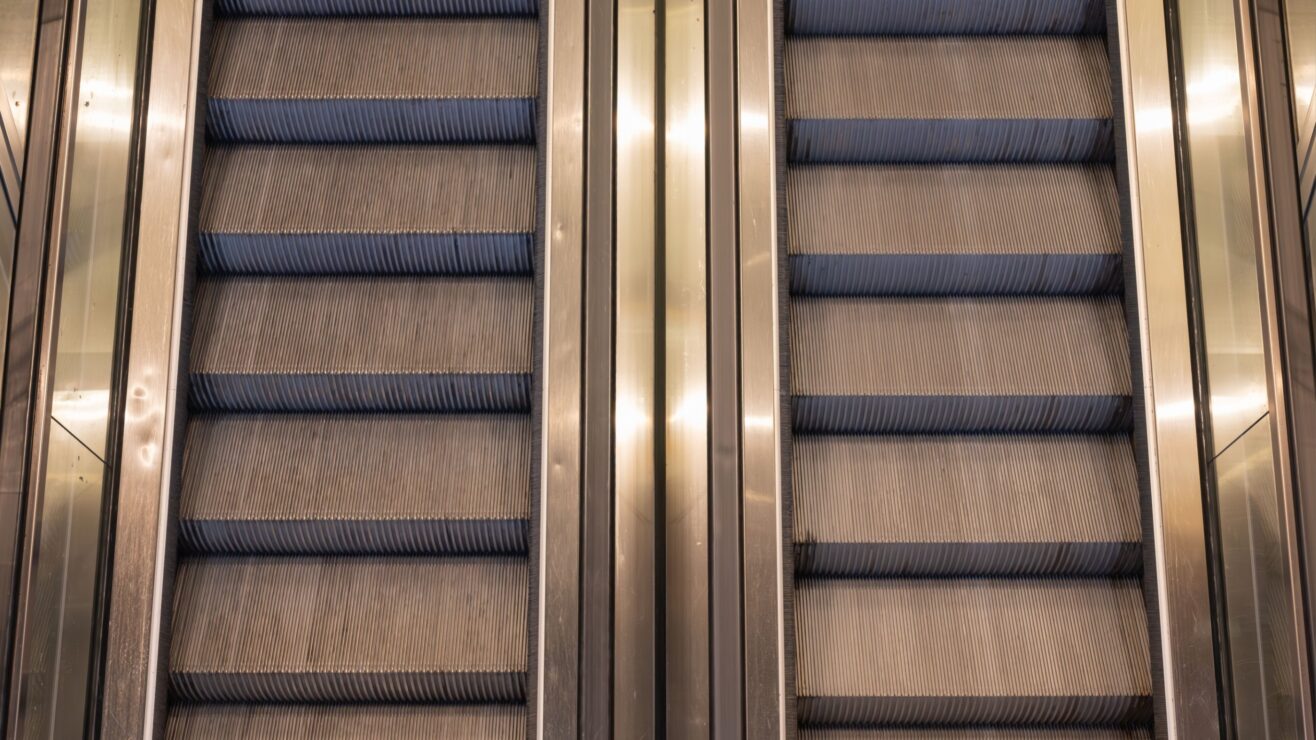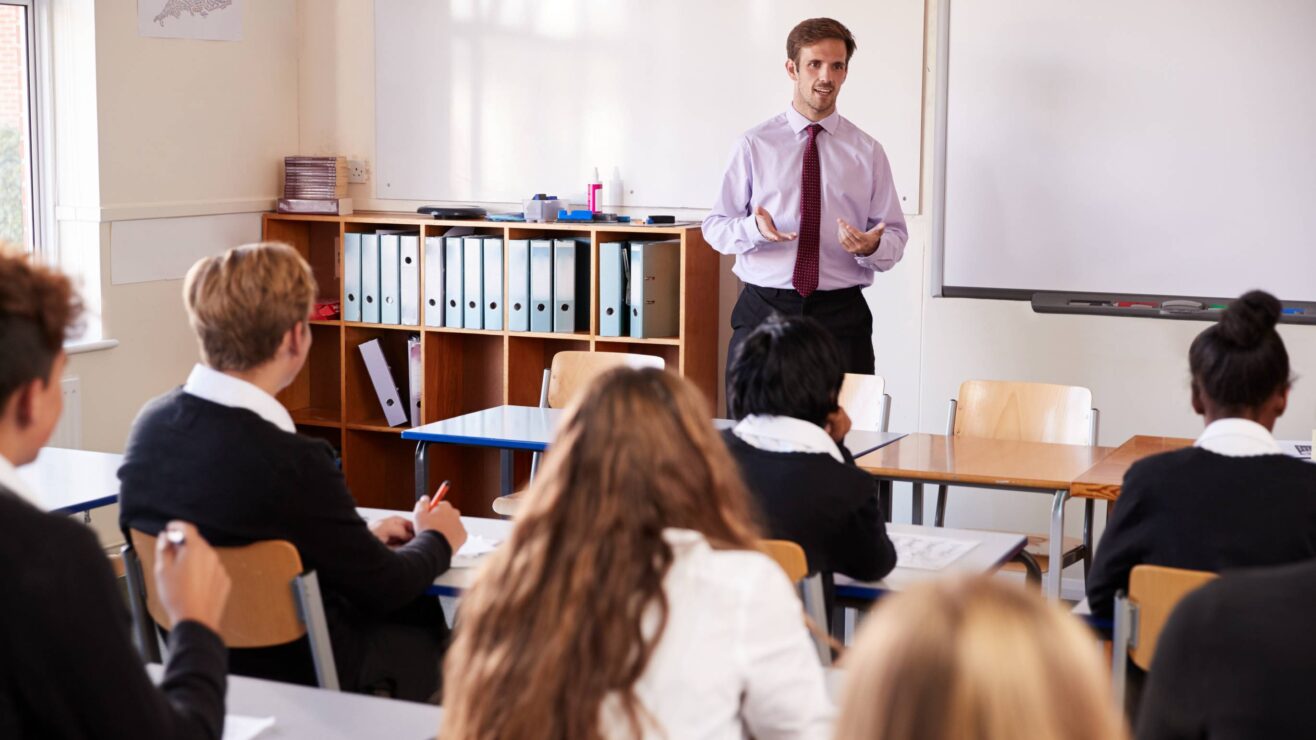Wonkhe’s event “The Secret Life of Students” reminded me of a student who confessed to me recently: “at school… I just thought… it wasn’t very creative. It was just facts thrown at you. Then you come to an exam and sit there and think ‘I don’t know any of this”. This followed a lecture where I was desperately trying to find ways to get my charges thinking creatively in terms of how education is represented in popular culture.
My student added:
I used to like teachers getting you to think in a more creative way, rather than just do things and expect you to remember. Society thinks only in one certain way. In education we are growing up to think one thing… But what about people like me that think in creative ways… where do we fit in?
Later that day a former schoolteacher colleague nodded sagely and added “ah, you see, they need to be de-programmed”.
Were this student’s comments a sad indictment of the current education system – market-led and sustained by regular testing regimes, teaching-to-the-test, and league tables? An education system that seems fixated on the acquisition and value of specific skills sets and job readiness? I’m not suggesting we go as far as Ivan Illich’s Deschooling Society as a solution, but Illich alludes to how schools’ as repressive and authoritarian institutions operate a comply and conformity regime, stifling creativity. The opportunity to use one’s potential, initiative and talent should instead be liberating. However, students are not involved in the decision-making process and a top-down management leaves them powerless and unfulfilled, resulting in manipulation and the commodification of education. But what do employers want from graduates and what do students really want from their studies? Arguably, “it would be a risky move to match degree provision to future job predictions”.
Is creativity a key to critical thinking and employability?
Do young people “get educated out of creativity” and, contentiously, is creativity as important as literacy? Developing courses that appeal to students’ imagination, creativity and problem-solving capabilities will help “convert their thoughts” into new ideas and make them more valued (and you never know, might just improve TEF results). A university degree develops cultural, social and human capital, but is there a need for creative capital as well?
How do we prepare our students for a world of work that is largely unknown to us, and them? It’s been suggested that 65% of current primary school children will eventually enter jobs that don’t exist today. Are we preparing our students with specific skills for jobs that won’t exist in a few years’ time, or technologies that have yet to be invented? In the UK many graduates will have multiple job roles throughout their career(s). These are unknown challenges rapidly occurring over a lifetime that our students will need to adapt to. Of course, we need to consider what employers want from graduates today and how we help our graduates stand out, but Charlotte Malton’s discussion of the future of work illustrates how conflicting sources predict both growth and decline for certain similar jobs, but a consistency of skills including “fluency of ideas” and “problem-solving”.
Arguably, it’s not just about placing critical thinking at the top of the list of graduate attributes, but also creative thinking. Organisations need graduates initiating creative solutions; people not coasting or accepting common thinking, but developing new and original ideas that may, one day, take them into business themselves as entrepreneurs, risk takers and wealth creators. This is not about initiating more education designed to solve technological unemployment brought about by artificial intelligence and Industry 4.0 or providing “techno-fixes”, it’s about re-calibrating higher education skills and understanding to adapt to a rapidly changing world we cannot predict with certainty. We need to reduce as much as possible the built-in obsolescence in our courses.
Norman Jackson observed that creativity is subsumed within “analytical ways of thinking that dominate the academic intellectual territory… [but] The highest levels of performance involve the most creative acts of all”. Think how Bloom’s Taxonomy provides a hierarchy of cognitive skills, but with creativity or creative thinking replacing evaluation at the top of the pyramid. Creativity is integral to who we are as human beings; we need to re-connect with students’ imaginative intelligence across all disciplines, not just their academic and emotional intelligences. Students need to develop creative and interpretive skills, irrespective of the course they are studying. I want to encourage them to co-construct their own interpretations and not always slavishly follow convention.
Meddling with pedagogy …
It soon dawned upon me that I need to support and scaffold students much more with this process, and spend more time increasing their confidence and capabilities. To nurture their approach, their curiosity, and imagination can take years of de-programming, but arguably “imagination is more important than knowledge” as Einstein observed. Or if you prefer, “the door needs to be unlocked with the key of imagination”.
Students should be encouraged to make mistakes, reflect, interpret and “construct personal knowledge”, some of which may be based on their lived experience. This involves respect, recognition and encouragement of student input. Students who have not been given the opportunity to become involved in this way of thinking and learning lack confidence in expressing their ideas and worry about making mistakes. But changing thought processes and increasing confidence is like a tanker doing a three-point turn in the English Channel. And, like many academics, I too have a problem. I remain welded to conservative approaches to research, pedagogy and assessment; these were forged by my thinking processes developed as an undergraduate, and then hardened and tempered in my postgraduate studies. In other words, I need de-programming as well.
Pedagogy can help. You may consider yourself the sage-on-the-stage (a didactic deliverer of expert knowledge) or the guide-on-the-side (a facilitator of students’ learning), but creativity is best served by the meddler-in-the-middle… a co-learner and co-producer of knowledge. Meddlers do not “command-and-control”, they provide a high level of support; altering the balance of power from consumer to producer. “Meddlers anticipate that they have a responsibility to induct their students into communities of creative practice”. The Meddler seeks less transmission, more on working through problems; less time minimising risks, more on experimentation and risk-taking. It dawned upon me that (a) I need to do more of this, (b) I need to put time to one side to do this and (c) I need institutional support.
So what does it mean to be a creative teacher? Some characteristics include being imaginative, generating new ideas, looking beyond the obvious, being original, recreate, reconstruct, recontextualise, redefine, adapt, be curious. But also take risks, discover, communicate ideas, tell stories, pitch, negotiate, persuade, empathise (Jackson and Shaw, 2006). The meddler-in-the-middle can help do this by:
- Giving learners the freedom and empowerment to make choices
- Adventure into uncertain and unfamiliar situations, accepting risks
- Enabling learners to appreciate themselves as narrator, enquirer, creator
- Enabling learners to develop relationships and facilitate collaboration
Is it just my imagination (running away with me)?
Much more thought is needed if one truly claims to deliver an “imaginative curriculum”. I now realise I need to scaffold students’ understanding and creative capital to help them overcome their pre-programming and begin a journey of self-discovery. I need to facilitate students’ agency to break free from their conditioning and conformity; help them create, not consume. Consumption is a culture resulting from schooling in the current neoliberal and performativity climate; instead we should consider how we meet “peoples’ present needs and future wishes”? I need to nuture students’ confidence to tell stories and develop their own ideas. I’d like to share some initial reflections that might help de-programme students and encourage creative thinking and problem-solving:
- Encourage students to reflect on the programming they received in schooling, their (lack of) opportunity to be creative in their thinking and in their engagement with the curriculum.
- Ask them for their opinion. Value it, but scaffold their learning and contextualise their views and creativity.
- Build in opportunities to think creatively and to express creative and innovative thinking, even if it is a bit left-field.
- Design references to creativity into grading criteria and learning outcomes. We should still be referring to “critical analysis”, but one could include reference to innovative and creative thinking, alternative views, curiosity, imaginative stances.
- Consider how you might change your lecturing style and content in ways that facilitate No 4. This might include problem-based and flipped lectures, action research etc.
- Give students time and space to process or articulate their learning.
- Encourage a variety of ways of looking at subject content – let them explore their own ideas.
Who knows, though students will always have secret lives, perhaps we can at least begin to offer them more of a public platform for personal creativity, engage them more in their courses, and help future-proof them a little more for a rapidly changing and uncertain world.














David, I completely agree with the points you make. We at the University of Buckingham on our innovative BSc Business Enterprise (BBE) Venture Creation Programme include many of the important points you make. Our students tend to be very entrepreneurial and often have not been encouraged to develop their creativity and innovation in the school environment. In some cases it has even been discouraged. We aim to encourage creativity from day one, as within a few months they must pitch to “Buckingham Angels” for up to £5000 to start and run a real business, as an integral part of their… Read more »
So sorry Nigel, I came back to this article to cherry pick a few items and realised I never replied to you. Thank you so much for this interesting example. I think we need to do this much more across all disciplines and allow space and time for students to become more creative and entrepreneurial. I think it is good that you recognise the idea of failure is something that actually provides very important progress in learning and deeper thinking ( critically reflecting on what went wrong and what we might do differently next time). Good luck with your programme,… Read more »
Really good piece which you should share with the built environment and engineering sectors, trying to bring more creativity into their disciplines at HE UG level. Essential if we want to build/engineer for future communities and learn from Grenfell Tower and other disasters.
Thanks Nick, as a former Engineer I do appreciate your point.
Thanks for an interesting article. How do you separate creative from critical thinking? When we solve any kind of problem no matter how trivial, these two forms of thinking interact in order to find a solution. They are the equivalent of breathing in and breathing out. Even in answering an exam question based on rote learning, some measure of creativity is required to first make sense of the question, and draw on a combination of learnt knowledge and creativity to find the solution. The challenge in my view is about having a better balance between creativity and critical thinking and… Read more »
Thanks Kevin, you make some excellent points that I entirely agree with. On reflection I’m not aiming to separate the two (yes, like breathing in and out or yin and yang I suppose). I think with this article I was trying to re-balance these two sides and to place creativity in the spotlight a bit more, and yet I know it is something I’m woefully inadequate at myself!